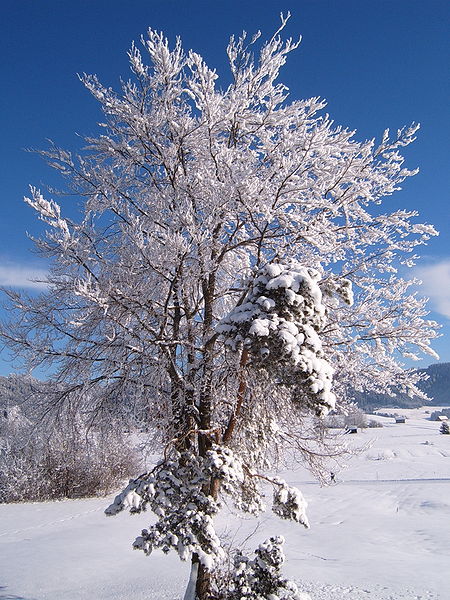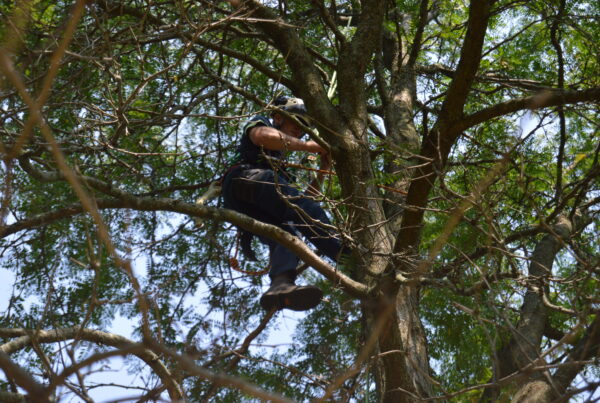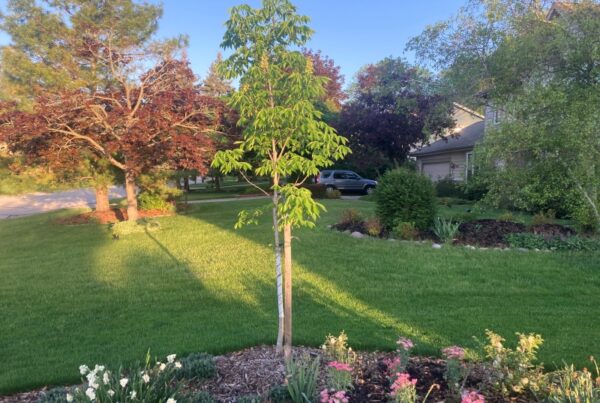The trees may be bare now that the leaves are gone, but even in the winter months they still need attention and care.
As we embark on the dormant season, experts say winter is the best time to inspect trees for potential hazards and pruning needs
Did you know …
Pruning is much easier during the winter because you can get a better look at the tree’s structure. Additionally, just like we have to bundle up in the colder weather, the buds, which are considered the growing points in a tree, are protected inside winter jackets. A tree’s food reserves need to be conserved in order for it to flourish in the coming spring
To help extend the life cycle of your trees and ensure them a healthy start next year, follow these recommended winter tree care tips:
Wrap new trees – If newly planted trees haven’t developed a thicker bark, they could easily be damaged by animals chewing and/or rubbing against them.
Pruning – Remove any deadwood or correct any structural faults in the tree. Small pruning cuts are recommended to minimize exposure to decay. Trim limited greenwood where you spot declining and poorly placed branches. Preserve as many living branches as possible and make few selective cuts.
Tree removal – Winter is an ideal time for taking down a tree. The ground is frozen, so there’s minimal impact on the existing landscape. It’s especially important to take down a dead or hazardous tree during this time because they are more vulnerable to damage or falling when winter storms pass through.
A tree that’s well-tended to in winter will provide a beautiful display in spring. So, devote some time to keep it healthy through a challenging season. Consult with ATE’s certified arborists for more information, including how we can help establish a year-round plant health care (PHC) plan for your trees.
Markus Bernet [CC BY-SA 2.5 (https://creativecommons.org/licenses/by-sa/2.5)], via Wikimedia Commons




